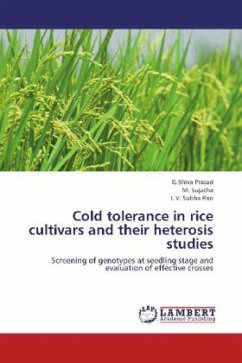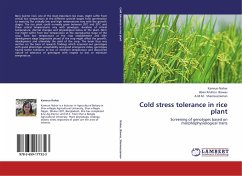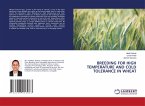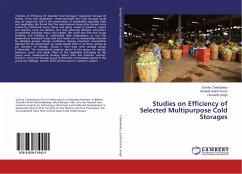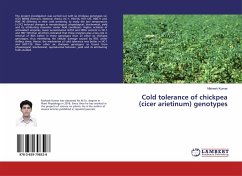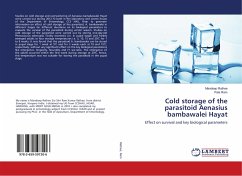Rice (oryza sativa L.) is the most important staple food crop for more than 60% of the global population and forms the cheapest source of food and energy. Rice occupies 44.80 million ha area with 99.180 million tones production which is 42.4% of total food grains and productivity of 2214 kg/ha, In Andhra Pradesh it is grown in an area of 43.75 lakh ha is under rice cultivation with a production of 14.210 lakh tones and productivity of 3248 kg/ha. Rice yields are low in Telangana region during rabi season. In Telangana region the low temperature vary from 8oC to 16o C starting from December to first fortnight of February. optimum day temperature before heading is 31o-32o C and optimum night temperature is 21o-22o C and in the period for 15 days after heading vary from 8o to 16oC. Even after about three decades of the release of variety Tella hamsa. It is ruling variety for its cold tolerance during seedling stage and no other varieties developed are able to replace it. To develop cold tolerant rice varieties and to increase the present levels of heterosis for yield and utilize genetically divergent parents for inter and intra sub-specific crosses in rice.
Bitte wählen Sie Ihr Anliegen aus.
Rechnungen
Retourenschein anfordern
Bestellstatus
Storno

